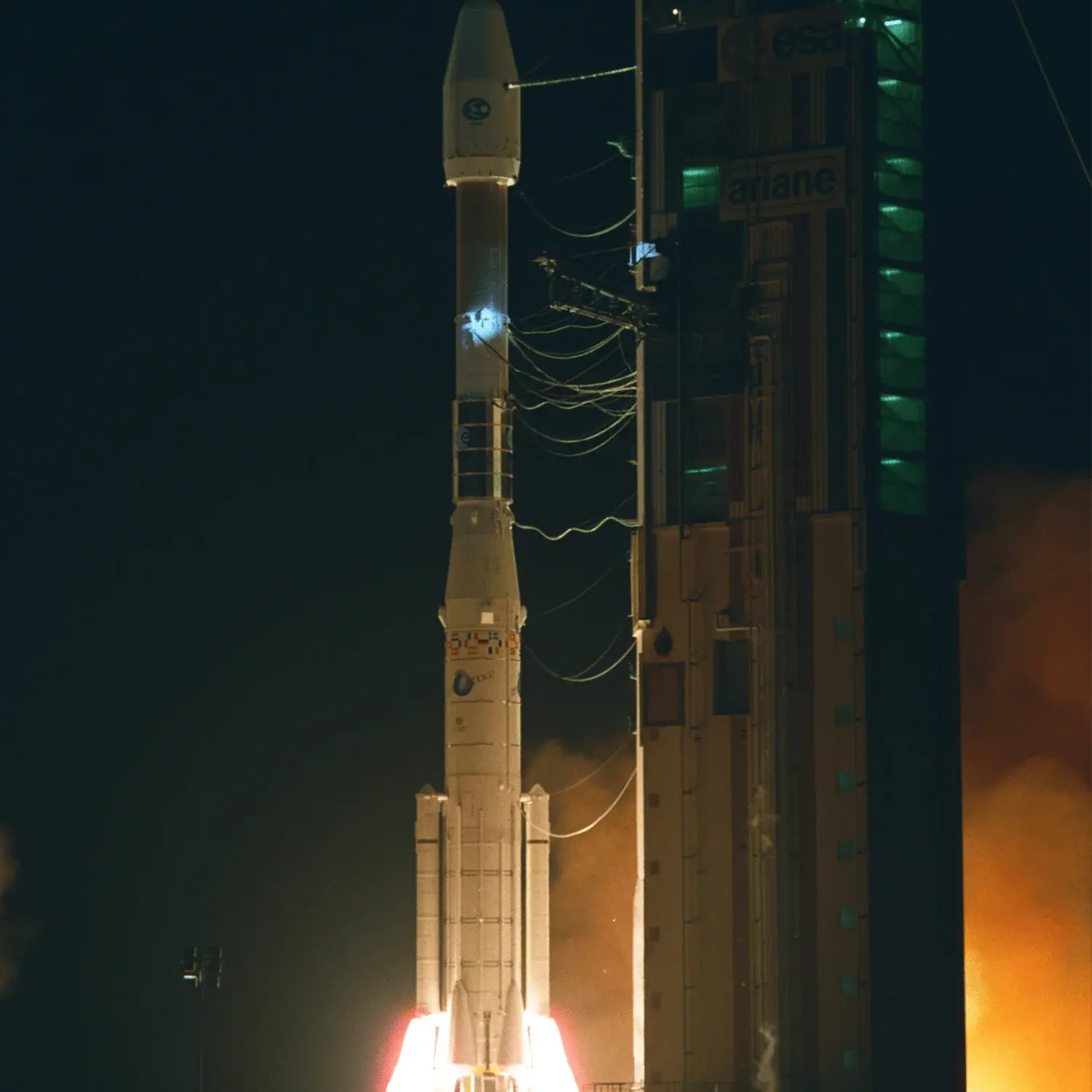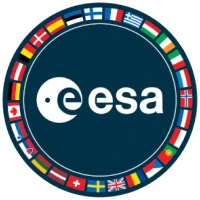TOPEX-Poseidon, Kitsat-1 & S80/T
Launch Success
Liftoff Time (GMT)
23:08:07
Monday August 10, 1992
Mission Details
Launch Notes
Last flight of Ariane 42L with a classic H10 stage. Flight V52.
TOPEX/Poseidon
TOPEX/Poseidon was a joint satellite mission between NASA, the U.S. space agency; and CNES, the French space agency, to map ocean surface topography. Launched on August 10, 1992, it was the first major oceanographic research satellite. TOPEX/Poseidon helped revolutionize oceanography by providing data previously impossible to obtain. Oceanographer Walter Munk described TOPEX/Poseidon as "the most successful ocean experiment of all time." A malfunction ended normal satellite operations in January 2006.
Low Earth Orbit
1 Payload
2,431 kilograms
Kitsat-1
KITSAT-1 (Korean Institute of Technology Satellite) was a collaborative research mission, encompassing the installation of a ground station in South Korea, participation of Korean engineers in the UoSAT-5 mission, technology transfer and training of students on the MSc courses at Surrey, and the involvement in the engineering and flight of microsatellites. KITSAT-1 was developed and constructed by a team of Korean and SSTL engineers. It was based on the 35 cm × 35 cm × 67 cm modular microsatellite bus previously flown on UoSAT-3, -4, and -5. Power was provided by body-mounted solar cells. Attitude control was provided by a gravity-gradient boom and active magnetorquering.
Low Earth Orbit
1 Payload
46 kilograms
S80/T
The S80/T satellite was built for CNES by Matra Marconi Space using the Surrey Satellite Technology Microbus (Uosat) bus. The 0.35 × 0.35m, 50 kg satellite had a 6-m gravity gradient mast. It was launched on 1992 Aug 10 on an ASAP Ariane from Kourou. S80/T carried an experimental 148/138 MHz transponder for tests of mobile communications and location-finding for a proposed, but later abandoned, LEO constellation named S80 or Taos. The spacecraft finally suffered electrical failure due to total dose effects in October 1999.
Low Earth Orbit
1 Payload
50 kilograms
Rocket


Manufacturer
ESARocket
Diameter: 3.8m
Height: 58.72m
Payload to Orbit
GTO: 2,930 kg
Liftoff Thrust
4,334 Kilonewtons
Stages
3
Strap-ons
2
Launch Site
Stats
Ariane 4
24th
Mission
4th
Mission of 1992
European Space Agency
43rd
Mission
4th
Mission of 1992
1992
53rd
Orbital launch attempt